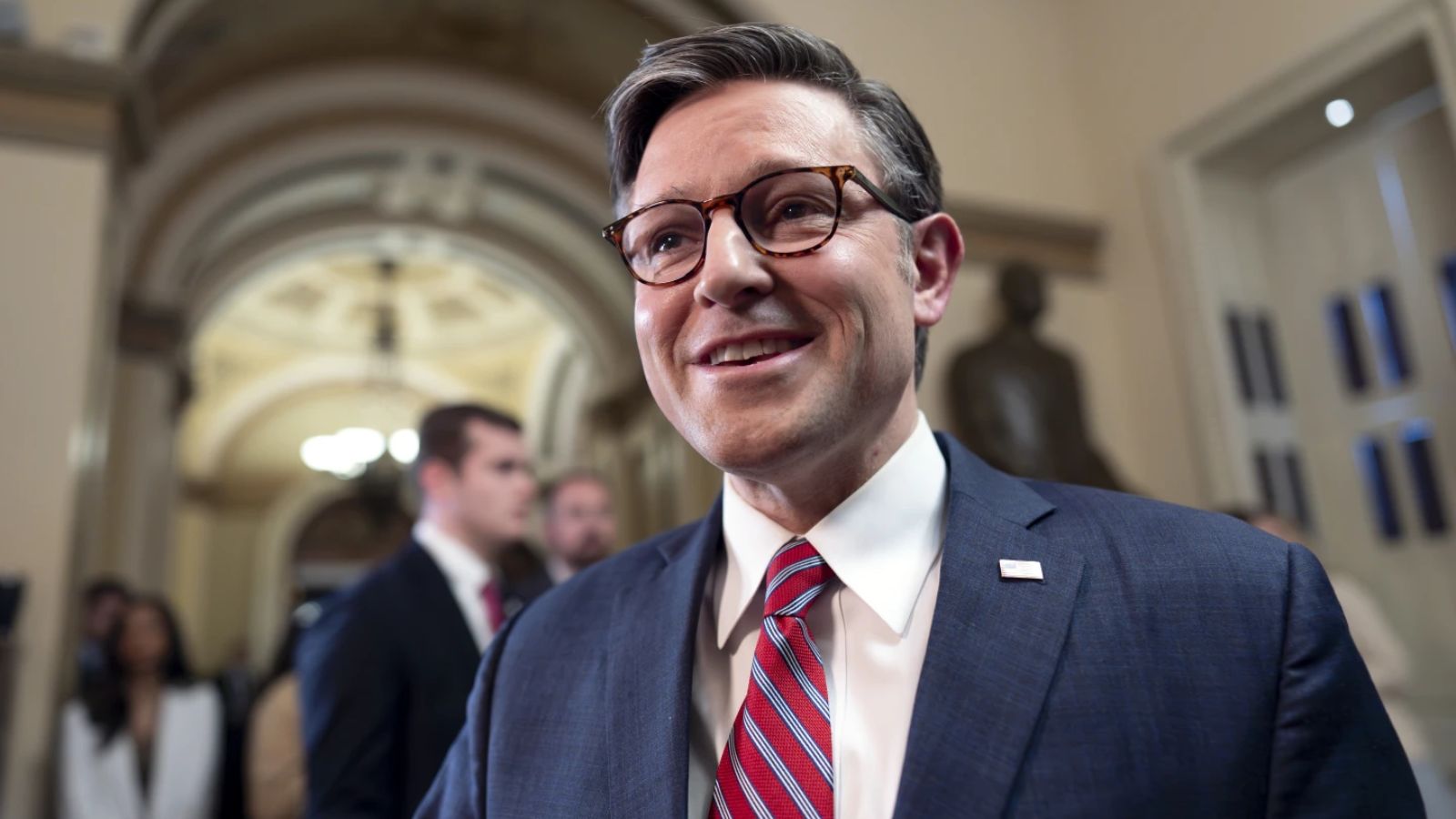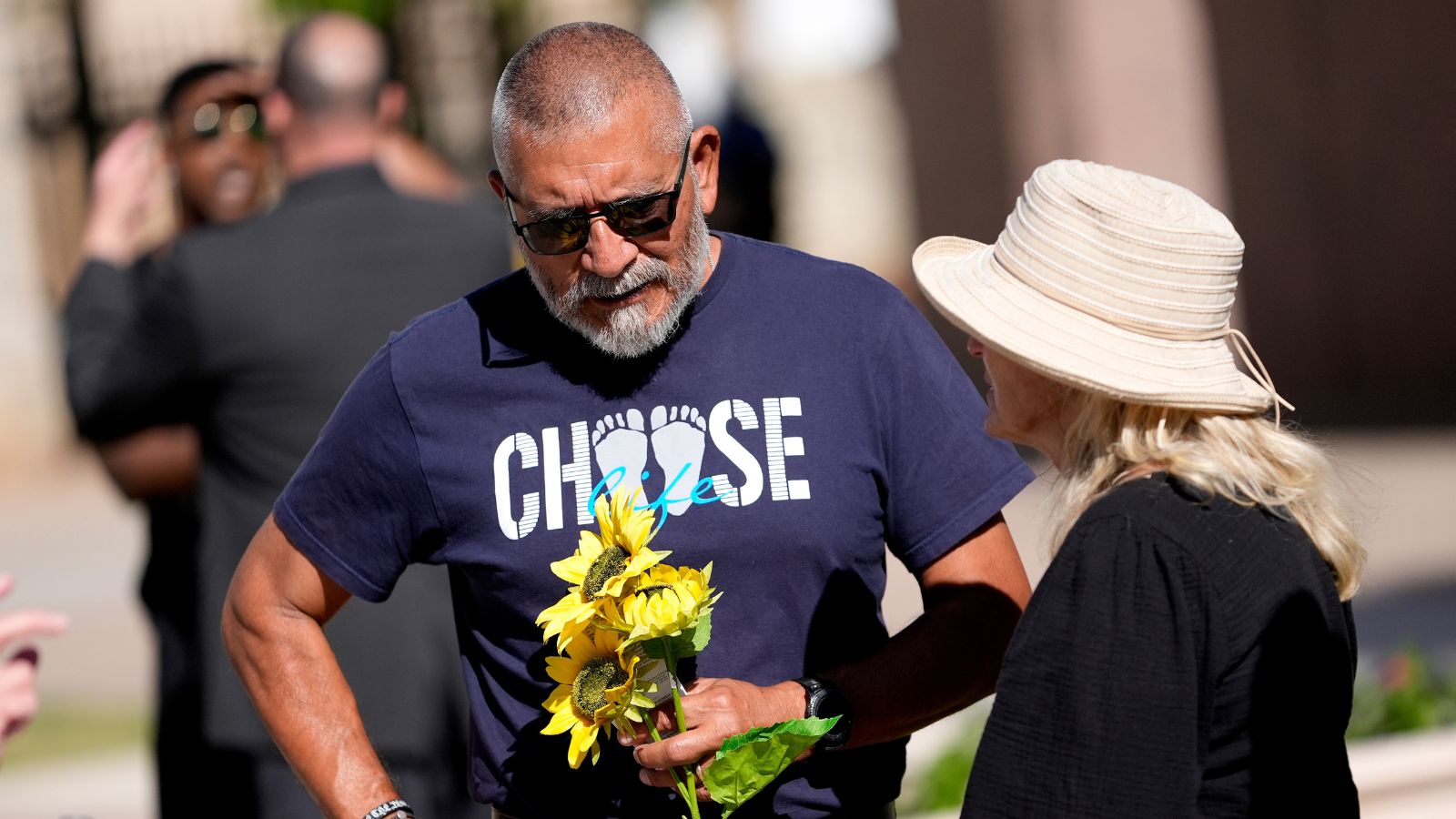Analysis: North Korean missile launches are a test for Biden
Oct 6, 2022, 3:22 AM | Updated: 7:01 pm

FILE - This undated photo provided on April 17, 2022, by the North Korean government shows Kim Jong Un at an undisclosed location in North Korea. The content of this image is as provided and cannot be independently verified. (Korean Central News Agency/Korea News Service via AP, File)
(Korean Central News Agency/Korea News Service via AP, File)
TOKYO (AP) — A drumbeat of increasingly powerful North Korean missile launches. A U.S. aircraft carrier floats off the Korean Peninsula. North Korean warplanes buzz the border with South Korea. Worldwide cries of condemnation and worry.
It’s a pattern that has repeated many times over the years, and, as in the past, there are plenty of signs in the latest cycle that point to North Korea eventually testing a nuclear bomb.
Yes, this is part of North Korea’s dogged march toward building a viable arsenal of nuclear-tipped missiles able to target any city on the U.S. mainland. But the nation’s extraordinary run of missile tests this year — its most ever — is also meant to grab the attention of an important, and decidedly distracted, audience of one: President Joe Biden.
Washington has responded to the missiles with tough statements and weapons launches of its own in military drills with ally Seoul.
So far, however, there’s been little indication that the Biden administration will — or even can — pursue the messy, politically dangerous diplomacy needed to peacefully solve a problem that has bedeviled U.S. presidents for decades.
Thursday’s launches, believed to be two short-range ballistic missiles, were North Korea’s sixth round in less than two weeks. On Tuesday, Pyongyang staged its longest-ever launch, sending a missile capable of hitting U.S. military concerns on Guam flying over U.S. ally Japan and into the Pacific.
Later Thursday, North Korea flew 12 warplanes near the Korean border, the world’s most heavily armed, prompting South Korea to launch 30 military planes in response.
North Korea is a small, impoverished, widely shunned nation sandwiched between great powers, but it has built, against great odds, its atomic weapons program through tenacity, shrewd political maneuvering and cutthroat persistence.
Each North Korean weapons test does at least three things at once.
It allows Kim Jong Un to show his people that he’s a strong leader capable of standing up to foreign aggressors.
His scientists can work on solving the technological issues still holding back the weapons program, including miniaturizing warheads so they fit on an array of missiles and making sure the long-range missiles can smoothly reenter the Earth’s atmosphere.
And, perhaps most important, each test sends a clear message that despite all the many problems the Biden administration faces — the war in Ukraine; increasing Chinese aggression; a shaky economy at home — Washington must deal with North Korea as it is. Meaning, a nation that, after many years of striving, is on the edge of being a legitimate nuclear power, and not one that has shown any recent signs of being willing to abandon its nuclear weapons.
Long-term, Kim likely wants U.S. recognition that North Korea is a full nuclear state. Negotiations could then arrange a North Korean roll-back of parts of its weapons program in return for lifting crippling international sanctions and eventually signing a peace treaty to formally end the Korean War.
Further down the road, North Korea wants the nearly 30,000 U.S. forces in South Korea to leave, opening the way for its eventual control of the peninsula.
In the short term, Pyongyang has maintained that talks can’t happen unless Washington abandons its “hostility.” Presumably, this means economic sanctions, the presence of those U.S. troops and their annual military drills with South Korean soldiers that the North sees as invasion preparation.
It is unclear, however, how patient Kim can afford to be.
The North’s economy, never great, appears to be worse than at any time in Kim’s rule, after three years of some of the tightest border controls in the world during the pandemic, crushing sanctions, natural disasters and government mismanagement.
Its weapons tests may be a move to force more favorable conditions in future talks.
Something similar happened after a sequence of long-range missile and nuclear tests during the Trump administration that had many fearing war.
Donald Trump staged face-to-face summits with Kim in 2018-19 aimed at convincing North Korea to give up its nuclear program in return for economic and political benefits. These ultimately failed, with North Korea refusing to go far enough in its disarmament pledges.
After taking office last year, Biden signaled a rejection of both Trump’s personal diplomacy with Kim and Barack Obama’s more hands-off “strategic patience” policy, in favor of a more incremental approach, where the North gave up parts of its program in return for benefits and sanctions relief.
The goal, however, remained the same: North Korea’s total denuclearization. A growing number of analysts believe that this might now be impossible, as Kim likely sees a completed nuclear weapons program as his sole guarantee for regime survival.
In the meantime, confrontation rules the day.
For the second time in two weeks Washington has sent the USS Ronald Reagan aircraft carrier to waters east of South Korea, a move North Korea called “a serious threat to the stability of the situation on the Korean Peninsula.”
The United States and South Korea responded this week to the missiles with their own land-to-land ballistic missiles and precision-guided bombs dropped from fighter jets.
As the Biden administration considers next steps, it is closely watching how North Korea’s weapons tests influence its allies in Northeast Asia.
When the North fired its midrange missile over Japan on Tuesday, there were moments of panic as sirens alerted residents in northern Japan to evacuate, train service stopped and newspapers put out special editions.
In South Korea, whose capital Seoul is about an hour’s drive from the inter-Korean border, each progression in the North’s nuclear program raises doubts about Washington’s pledge of nuclear protection, leading to calls for an indigenous nuclear program.
The question for some in Seoul is: If North Korea threatens to hit U.S. cities with its nuclear-armed missiles, will Washington really step in should Pyongyang attack?
Looking ahead, then, expect more missile tests — and, possibly, just in time for crucial U.S. midterm elections in November, a nuclear explosion — as North Korea continues to maneuver in its long face-off with Washington and its allies.
___
Foster Klug, AP’s news director for the Koreas, Japan, Australia and the South Pacific, has covered North Korea — from Washington, Seoul and Pyongyang — since 2005.
Copyright © The Associated Press. All rights reserved. This material may not be published, broadcast, rewritten or redistributed.




















